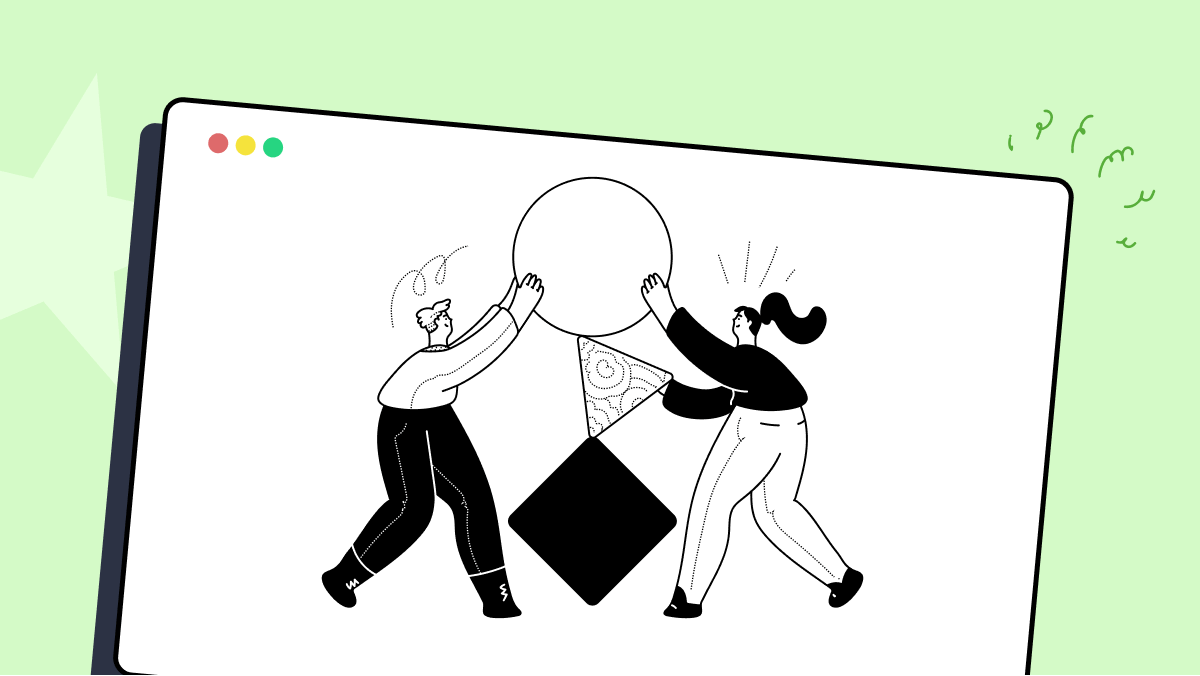How to use BehaviorSpecNestedBeforeAfterContainerTest class of com.sksamuel.kotest.specs.behavior package
Best Kotest code snippet using com.sksamuel.kotest.specs.behavior.BehaviorSpecNestedBeforeAfterContainerTest
BehaviorSpecNestedBeforeAfterContainerTest.kt
Source:BehaviorSpecNestedBeforeAfterContainerTest.kt
1package com.sksamuel.kotest.specs.behavior2import io.kotest.core.spec.style.BehaviorSpec3import io.kotest.matchers.shouldBe4class BehaviorSpecNestedBeforeAfterContainerTest: BehaviorSpec({5 var a = ""6 beforeSpec {7 a shouldBe ""8 a = "beforeSpec"9 }10 beforeContainer {11 a = "beforeFooContainer"12 }13 afterContainer {14 a = "afterFooContainer"15 }16 given("foo") {17 a shouldBe "beforeFooContainer"18 beforeContainer {...BehaviorSpecNestedBeforeAfterContainerTest
Using AI Code Generation
1import com.sksamuel.kotest.specs.behavior.BehaviorSpecNestedBeforeAfterContainerTest2class BehaviorSpecNestedBeforeAfterContainerTest : BehaviorSpecNestedBeforeAfterContainerTest() {3override fun beforeSpecClass(spec: BehaviorSpec, tests: List<TestCase>) {4println("Before Spec Class")5}6override fun afterSpecClass(spec: BehaviorSpec, results: Map<TestCase, TestResult>) {7println("After Spec Class")8}9override fun beforeSpec(spec: BehaviorSpec) {10println("Before Spec")11}12override fun afterSpec(spec: BehaviorSpec) {13println("After Spec")14}15override fun beforeTest(testCase: TestCase) {16println("Before Test")17}18override fun afterTest(testCase: TestCase, result: TestResult) {19println("After Test")20}21override fun beforeContainer(testCase: TestCase) {22println("Before Container")23}24override fun afterContainer(testCase: TestCase, result: TestResult) {25println("After Container")26}27override fun beforeAny(testCase: TestCase) {28println("Before Any")29}30override fun afterAny(testCase: TestCase, result: TestResult) {31println("After Any")32}33}34import com.sksamuel.kotest.specs.behavior.BehaviorSpecNestedBeforeAfterTest35class BehaviorSpecNestedBeforeAfterTest : BehaviorSpecNestedBeforeAfterTest() {36override fun beforeSpecClass(spec: BehaviorSpec, tests: List<TestCase>) {37println("Before Spec Class")38}39override fun afterSpecClass(spec: BehaviorSpec, results: Map<TestCase, TestResult>) {40println("After Spec Class")41}42override fun beforeSpec(spec: BehaviorSpec) {43println("Before Spec")44}45override fun afterSpec(spec: BehaviorSpec) {46println("After Spec")47}48override fun beforeTest(testCase: TestCase) {49println("Before Test")50}51override fun afterTest(testCase: TestCase, result: TestResult) {52println("After Test")53}54override fun beforeContainer(testCase: TestCase) {55println("Before Container")56}57override fun afterContainer(testCase: TestCase, result: TestResult) {58println("After Container")59}60override fun beforeAny(testCase: TestCase) {61println("Before Any")62}63override fun afterAny(testCase: TestCase, result: TestResult) {64println("After Any")65}66}BehaviorSpecNestedBeforeAfterContainerTest
Using AI Code Generation
1import com.sksamuel.kotest.specs.behavior.BehaviorSpecNestedBeforeAfterContainerTest2class BehaviorSpecNestedBeforeAfterContainerTest : BehaviorSpecNestedBeforeAfterContainerTest() {3override fun beforeContainer() {4println("before container")5}6override fun afterContainer() {7println("after container")8}9override fun beforeTest() {10println("before test")11}12override fun afterTest() {13println("after test")14}15}16import com.sksamuel.kotest.specs.behavior.BehaviorSpecNestedBeforeAfterContainerTest17class BehaviorSpecNestedBeforeAfterContainerTest : BehaviorSpecNestedBeforeAfterContainerTest() {18override fun beforeContainer() {19println("before container")20}21override fun afterContainer() {22println("after container")23}24override fun beforeTest() {25println("before test")26}27override fun afterTest() {28println("after test")29}30}31import com.sksamuel.kotest.specs.behavior.BehaviorSpecNestedBeforeAfterContainerTest32class BehaviorSpecNestedBeforeAfterContainerTest : BehaviorSpecNestedBeforeAfterContainerTest() {33override fun beforeContainer() {34println("before container")35}36override fun afterContainer() {37println("after container")38}39override fun beforeTest() {40println("before test")41}42override fun afterTest() {43println("after test")44}45}46import com.sksamuel.kotest.specs.behavior.BehaviorSpecNestedBeforeAfterContainerTestBehaviorSpecNestedBeforeAfterContainerTest
Using AI Code Generation
1import com.sksamuel.kotest.specs.behavior.BehaviorSpecNestedBeforeAfterContainerTest2class BehaviorSpecNestedBeforeAfterContainerTest : BehaviorSpecNestedBeforeAfterContainerTest() {3 init {4 beforeProject {5 }6 afterProject {7 }8 beforeTest {9 }10 afterTest {11 }12 }13}BehaviorSpecNestedBeforeAfterContainerTest
Using AI Code Generation
1import io.kotest.core.spec.style.BehaviorSpec2import io.kotest.matchers.shouldBe3class BehaviorSpecNestedBeforeAfterContainerTest : BehaviorSpec() {4 init {5 given("some context") {6 beforeContainer {7 }8 afterContainer {9 }10 `when`("some condition") {11 then("some test") {12 }13 then("some other test") {14 }15 }16 `when`("some other condition") {17 then("some other test") {18 }19 }20 }21 }22}23import io.kotest.core.spec.style.BehaviorSpec24import io.kotest.matchers.shouldBe25class BehaviorSpecNestedBeforeAfterContainerTest : BehaviorSpec() {26 init {27 given("some context") {28 beforeContainer {29 }30 afterContainer {31 }32 `when`("some condition") {33 then("some test") {34 }35 then("some other test") {36 }37 }38 `when`("some other condition") {39 then("some other test") {40 }41 }42 }43 }44}45import io.kotest.core.spec.style.BehaviorSpec46import io.kotest.matchers.shouldBe47class BehaviorSpecNestedBeforeAfterContainerTest : BehaviorSpec() {48 init {49 given("some context") {50 beforeContainer {51 }52 afterContainer {53 }54 `when`("some condition") {55 then("some test") {56 }57 then("some other test") {Blogs
Check out the latest blogs from LambdaTest on this topic:
Software Risk Management (SRM) combines a set of tools, processes, and methods for managing risks in the software development lifecycle. In SRM, we want to make informed decisions about what can go wrong at various levels within a company (e.g., business, project, and software related).
Have you ever struggled with handling hidden elements while automating a web or mobile application? I was recently automating an eCommerce application. I struggled with handling hidden elements on the web page.
Automation Testing Tutorials
Learn to execute automation testing from scratch with LambdaTest Learning Hub. Right from setting up the prerequisites to run your first automation test, to following best practices and diving deeper into advanced test scenarios. LambdaTest Learning Hubs compile a list of step-by-step guides to help you be proficient with different test automation frameworks i.e. Selenium, Cypress, TestNG etc.
LambdaTest Learning Hubs:
- JUnit Tutorial
- TestNG Tutorial
- Webdriver Tutorial
- WebDriverIO Tutorial
- Protractor Tutorial
- Selenium 4 Tutorial
- Jenkins Tutorial
- NUnit Tutorial
- Jest Tutorial
- Playwright Tutorial
- Cypress Tutorial
- PyTest Tutorial
YouTube
You could also refer to video tutorials over LambdaTest YouTube channel to get step by step demonstration from industry experts.
Try LambdaTest Now !!
Get 100 minutes of automation test minutes FREE!!




